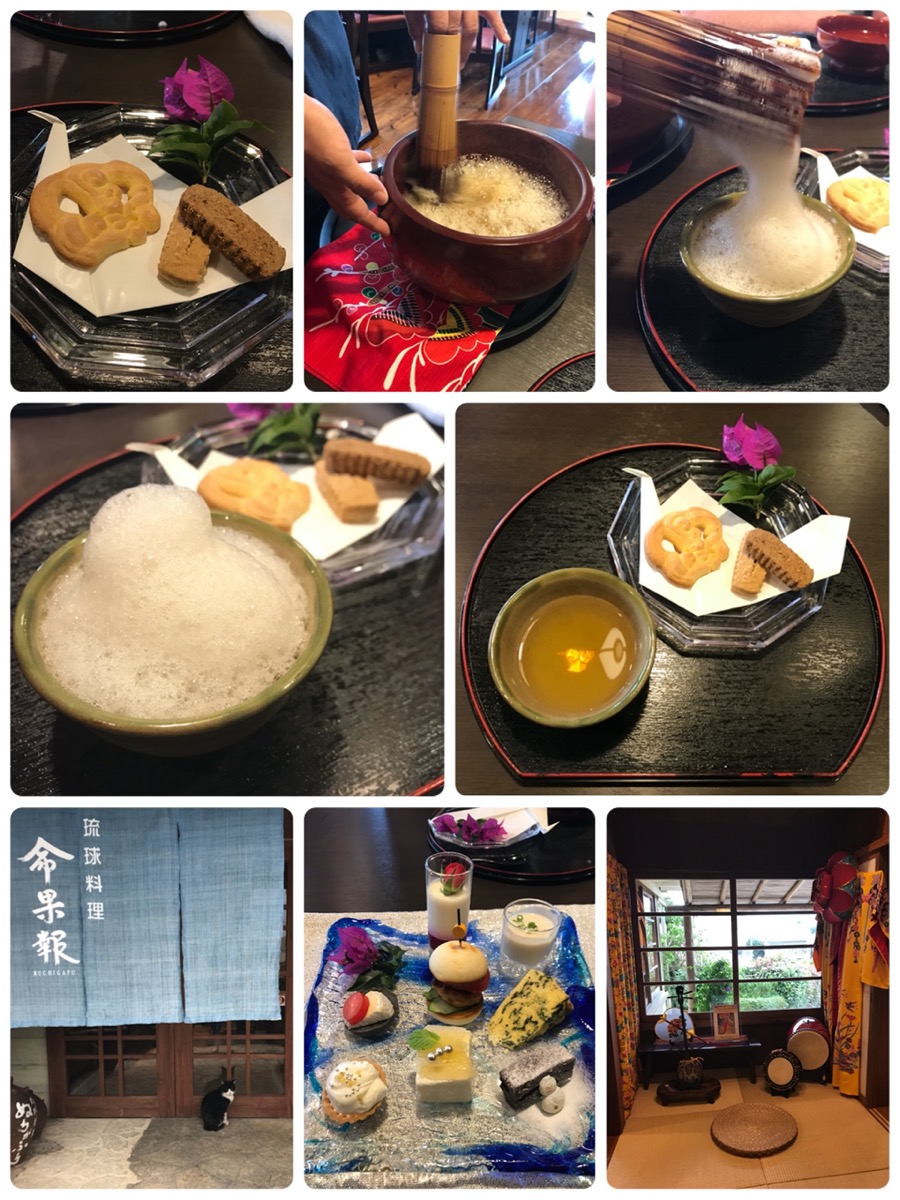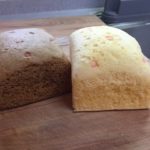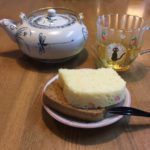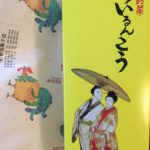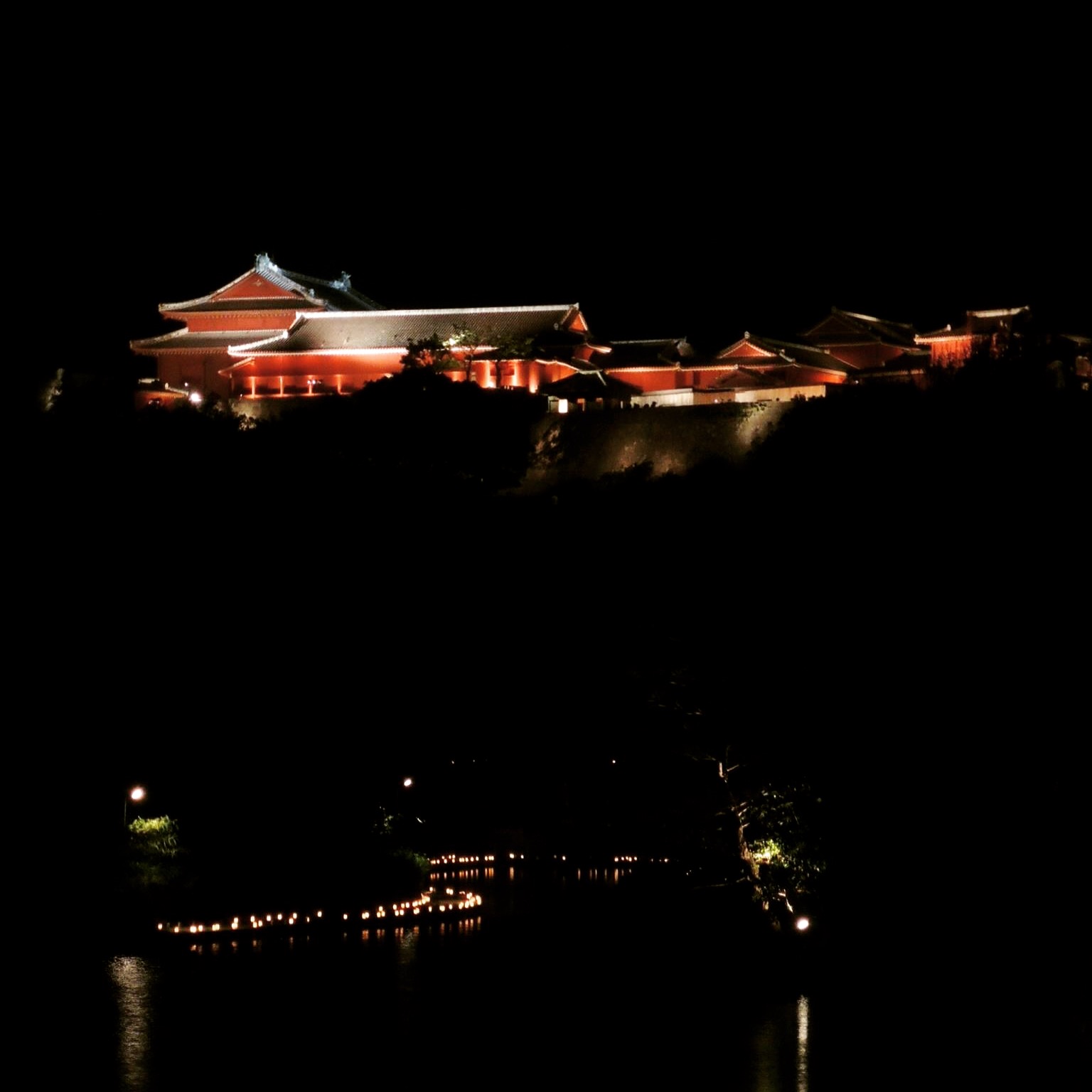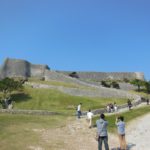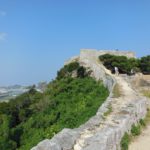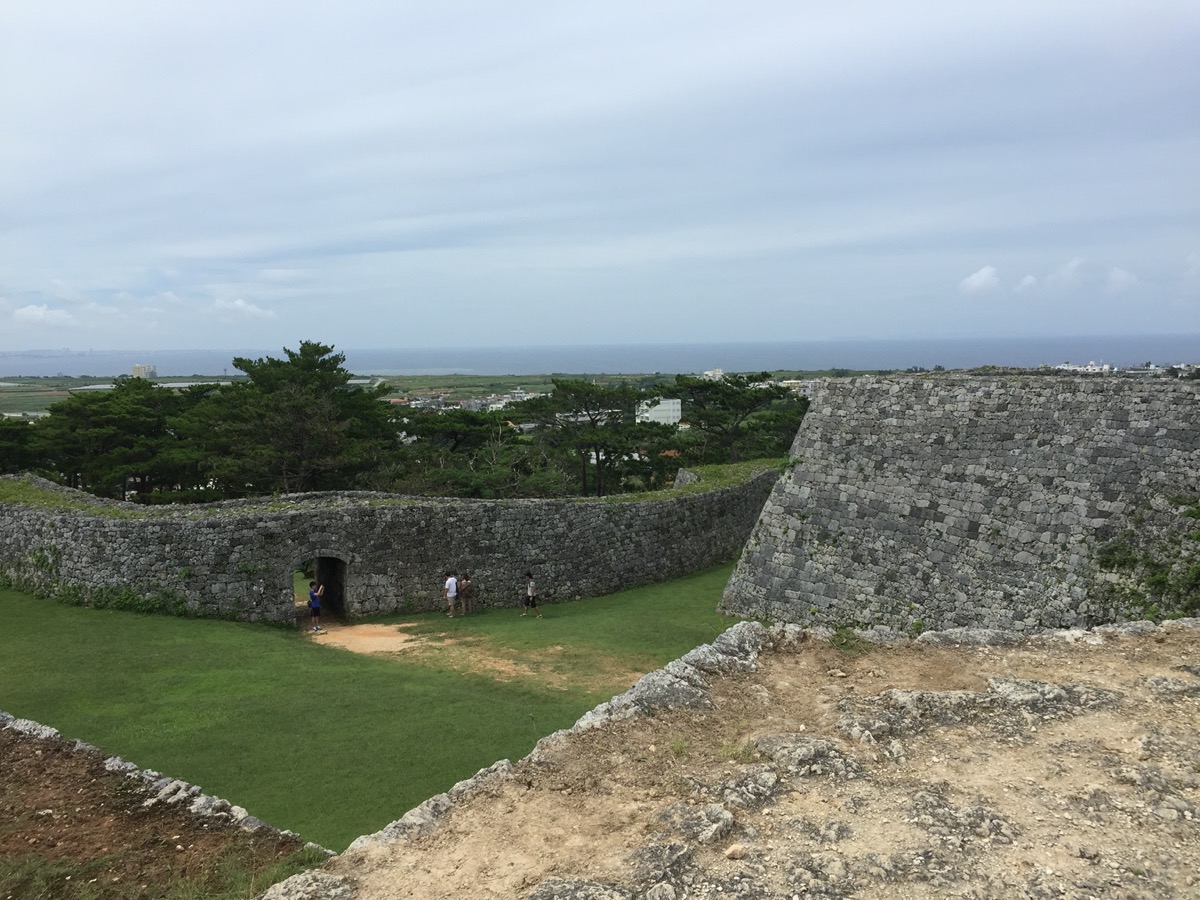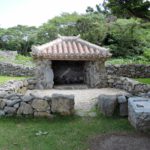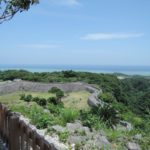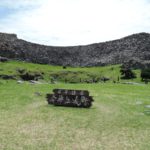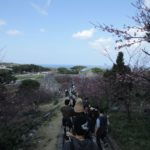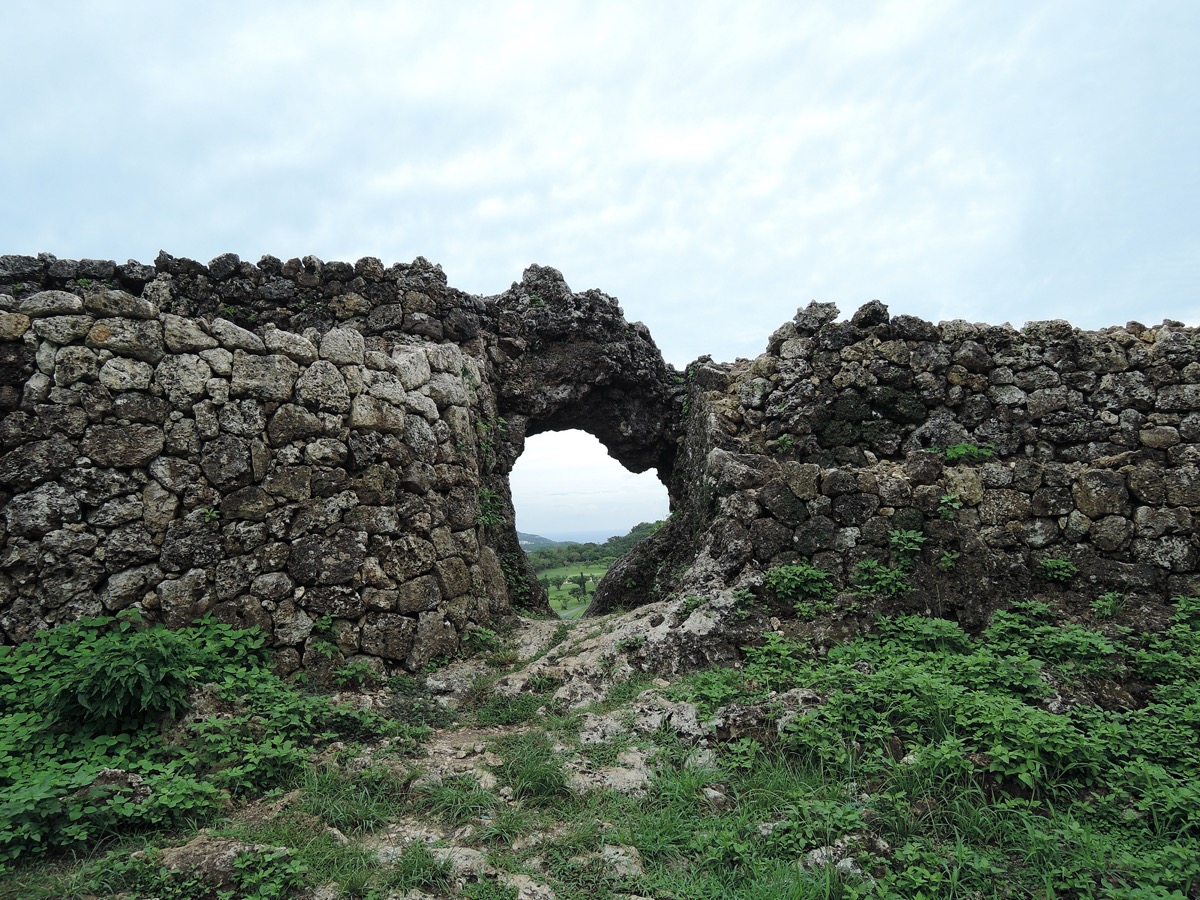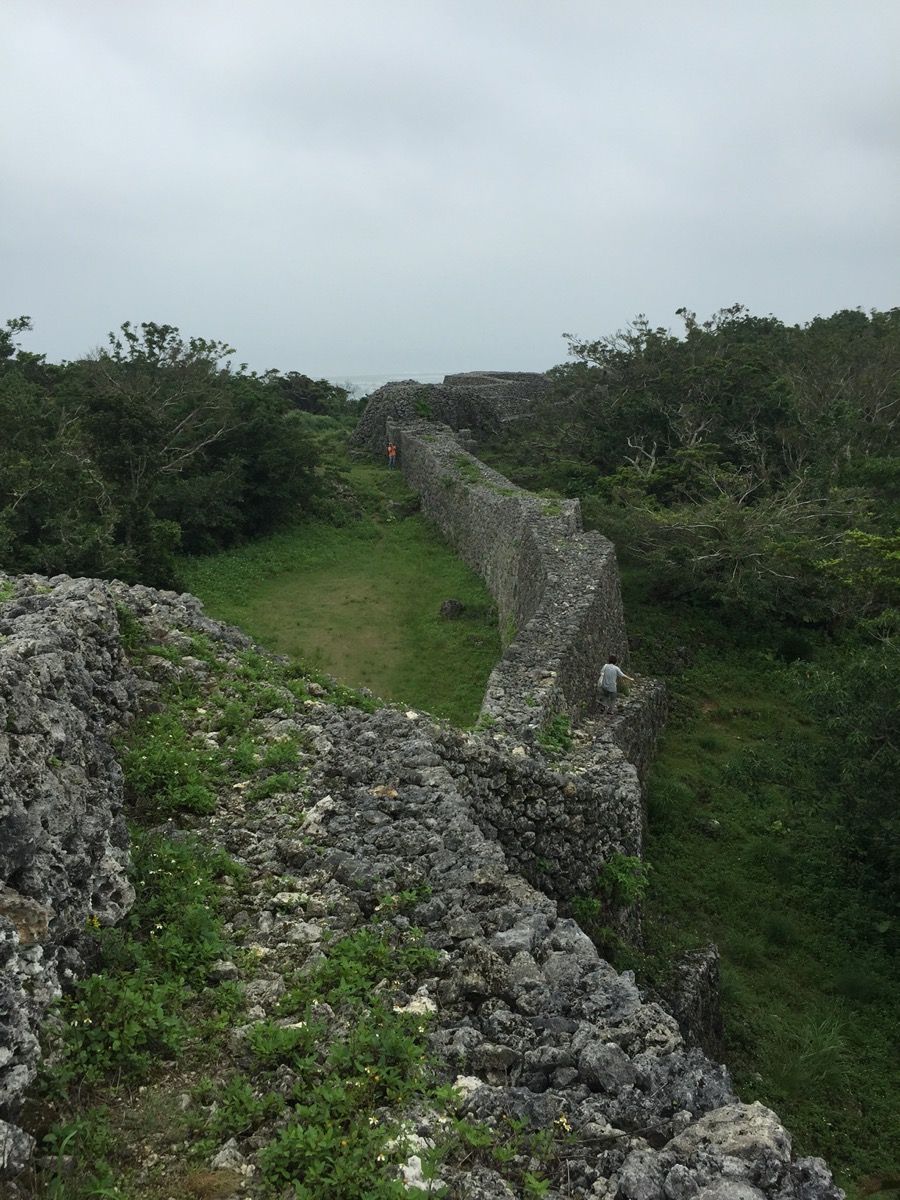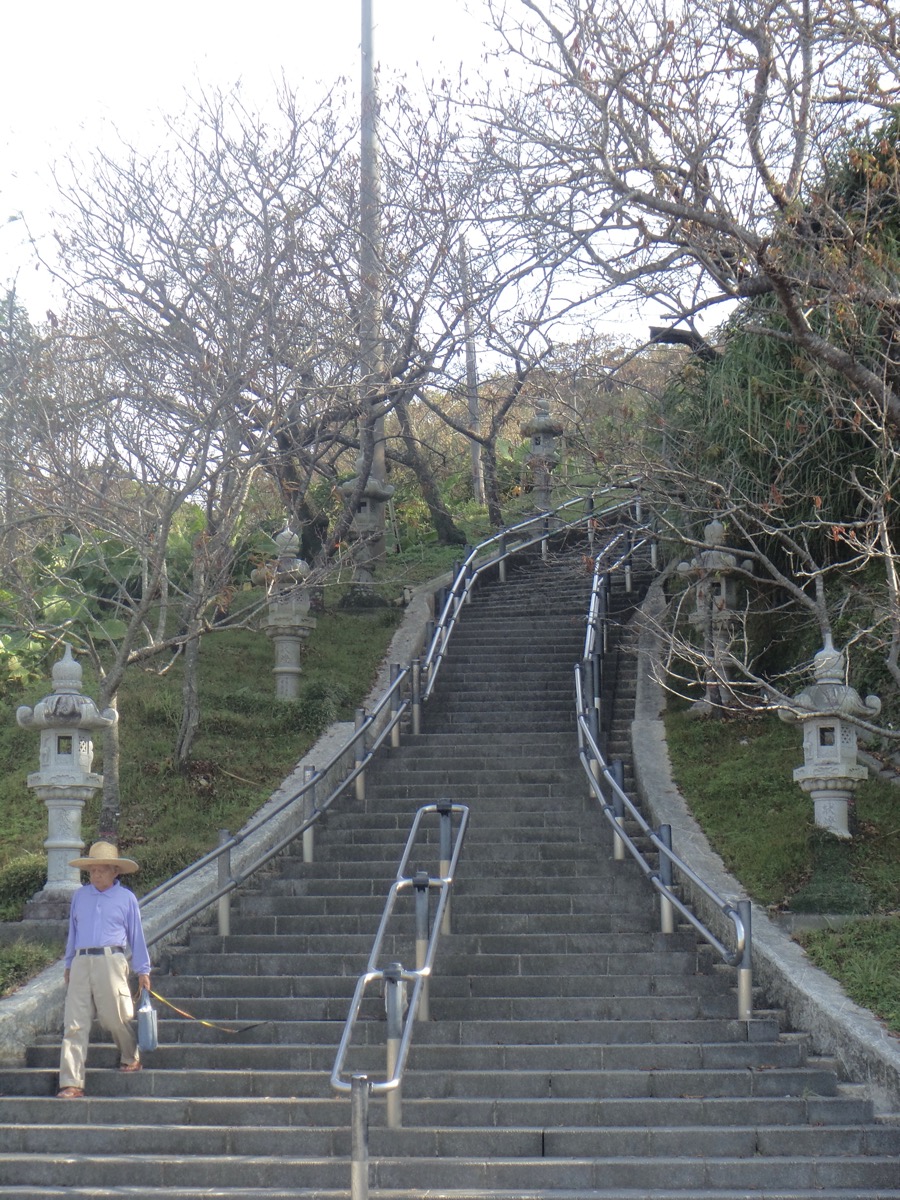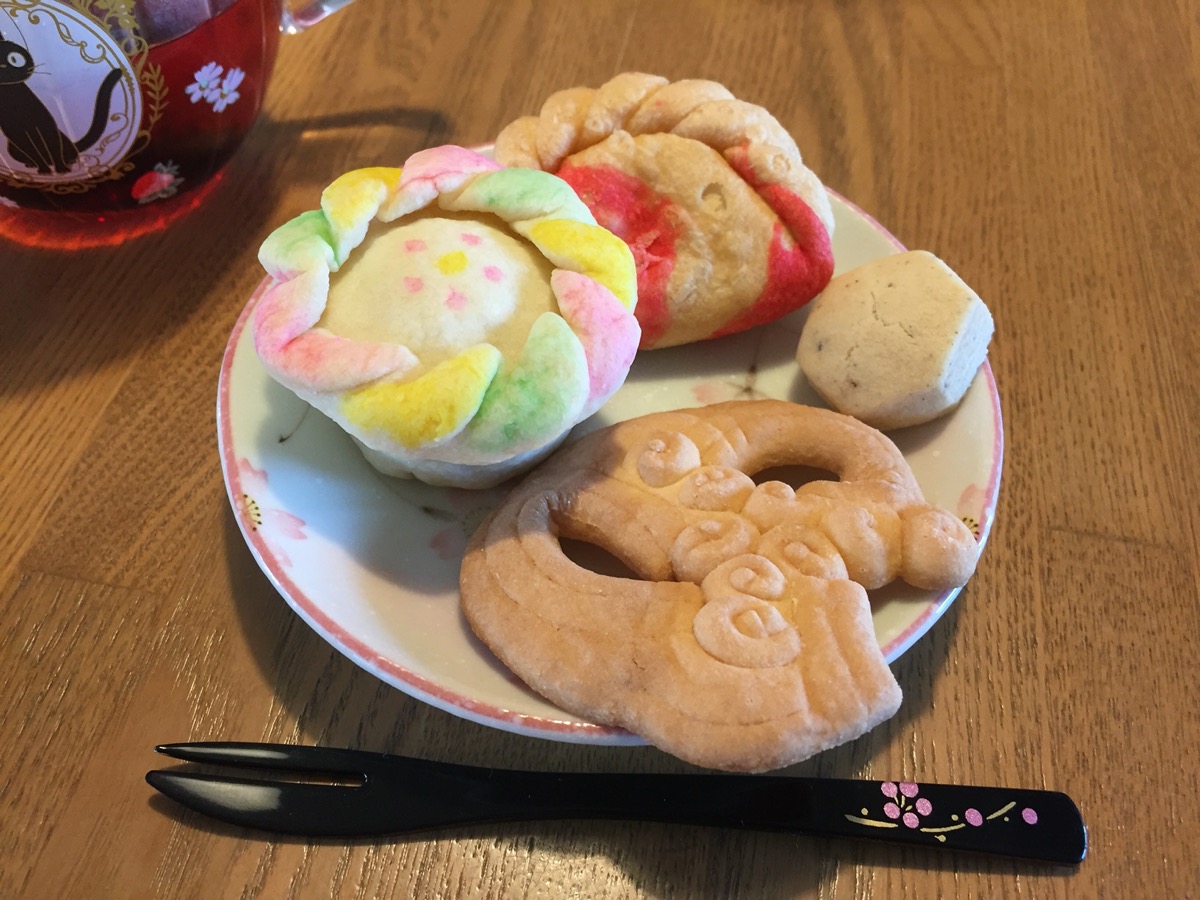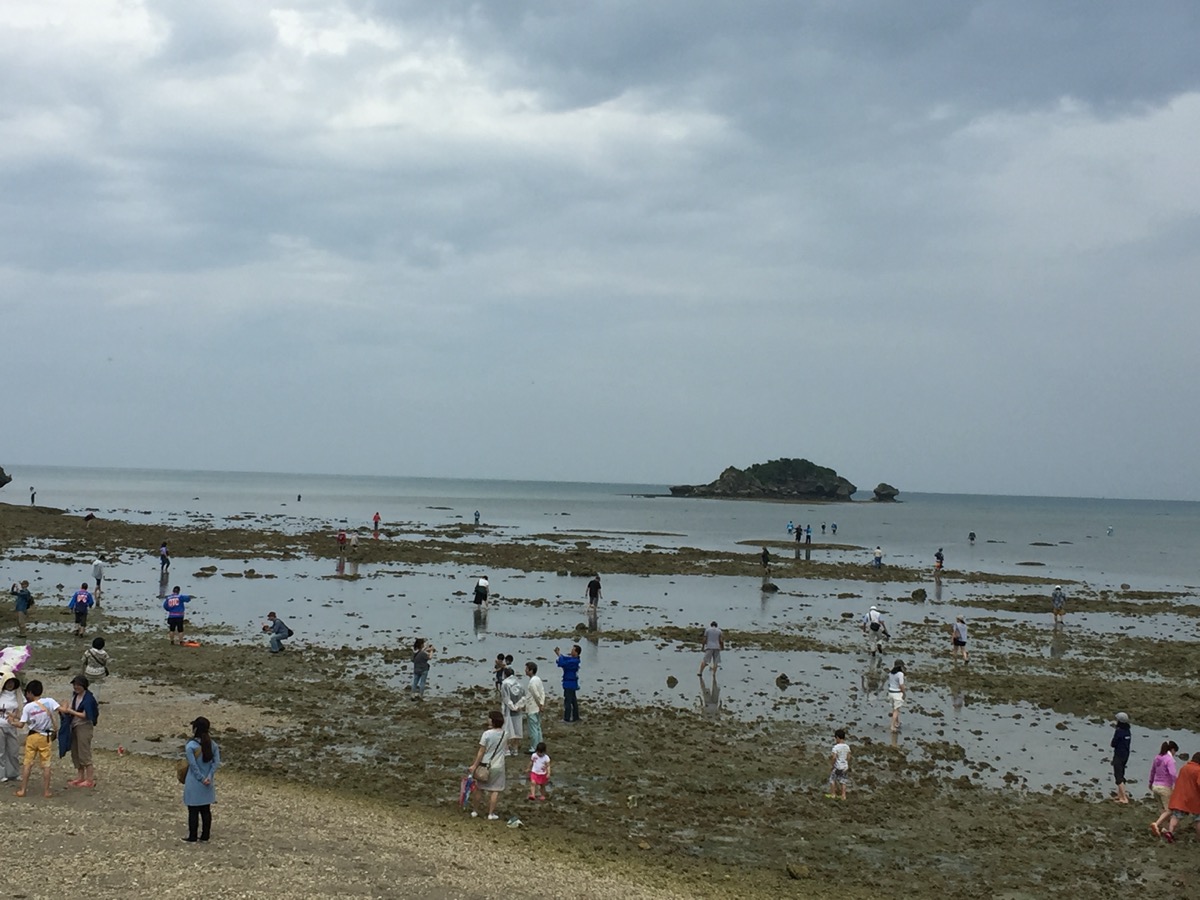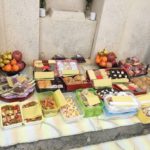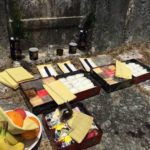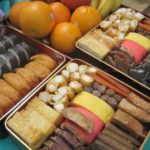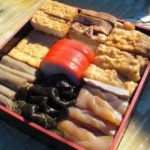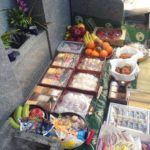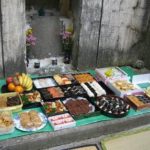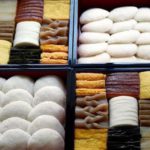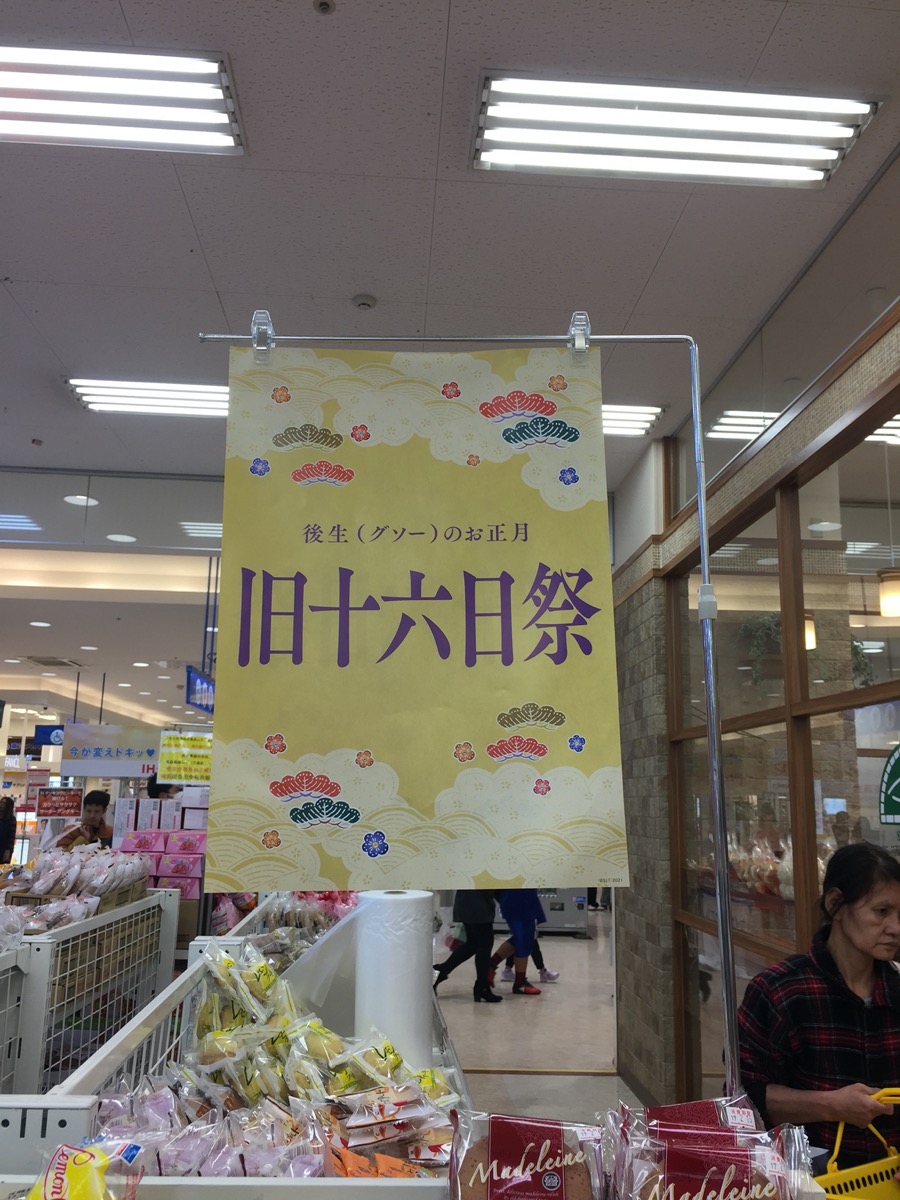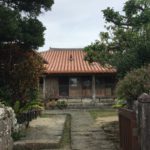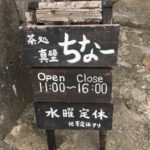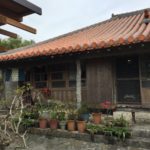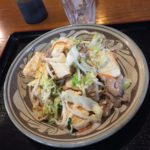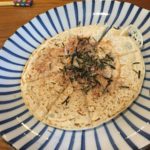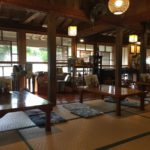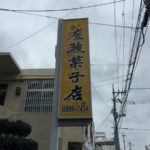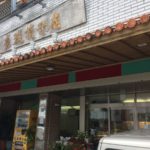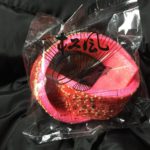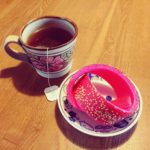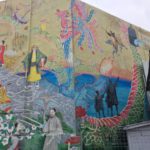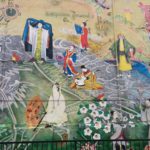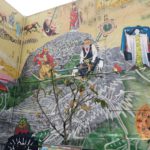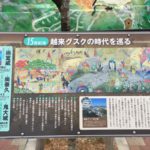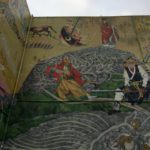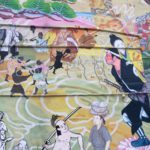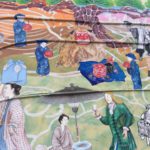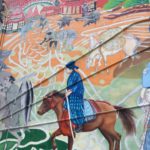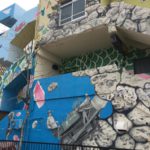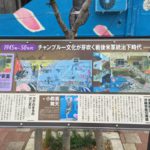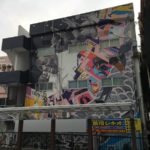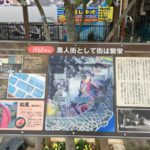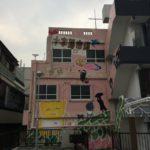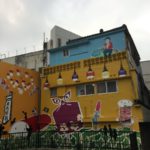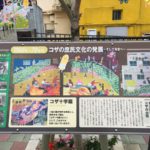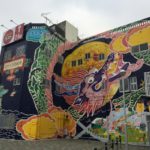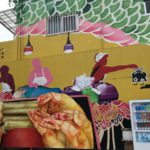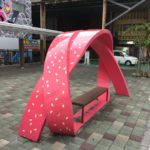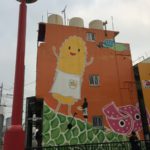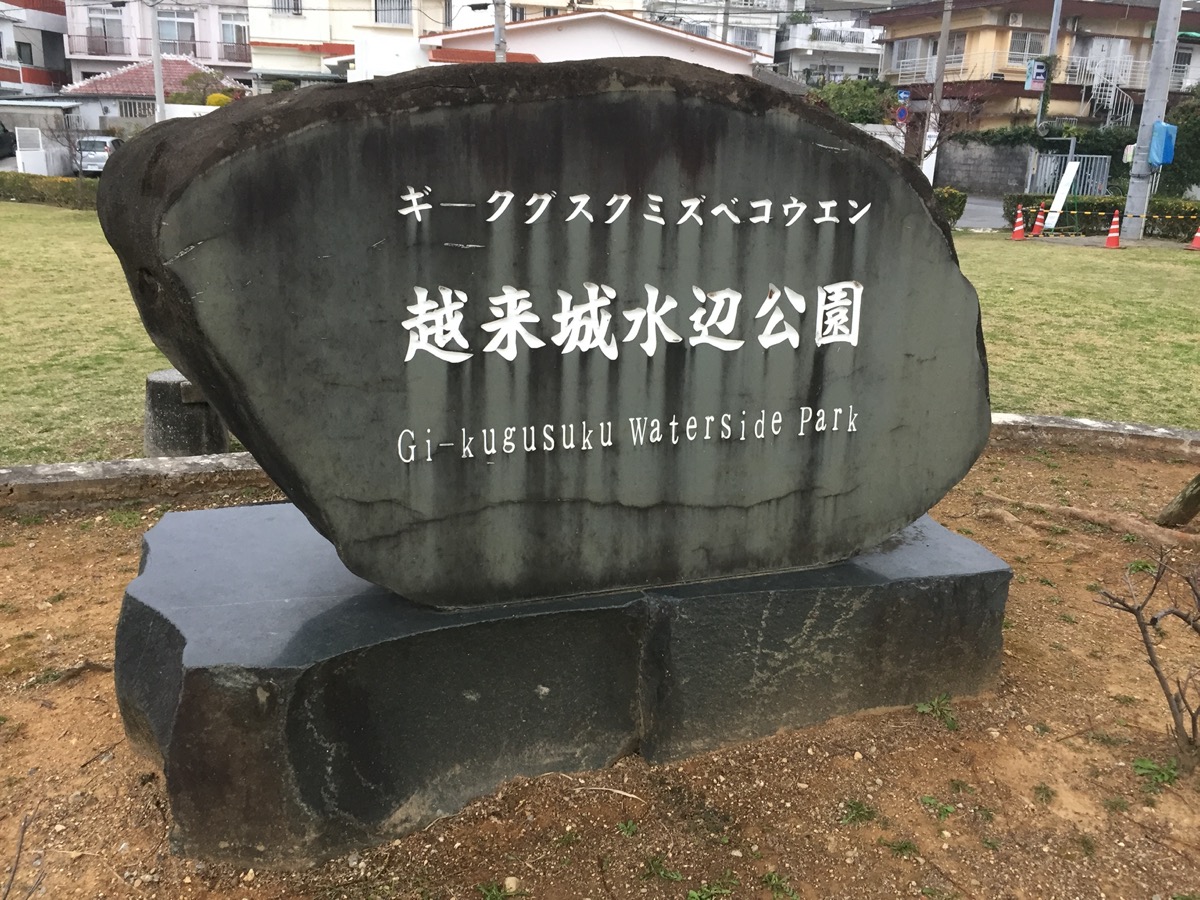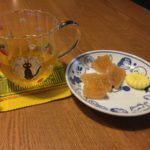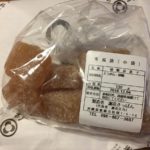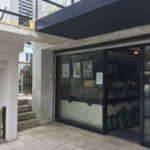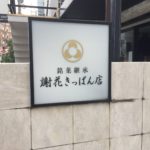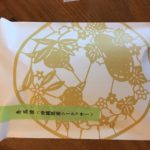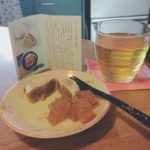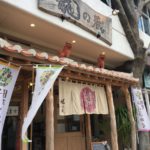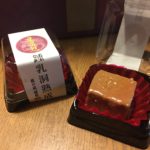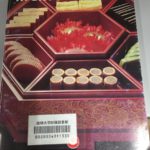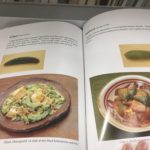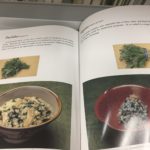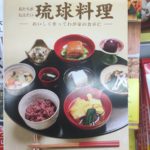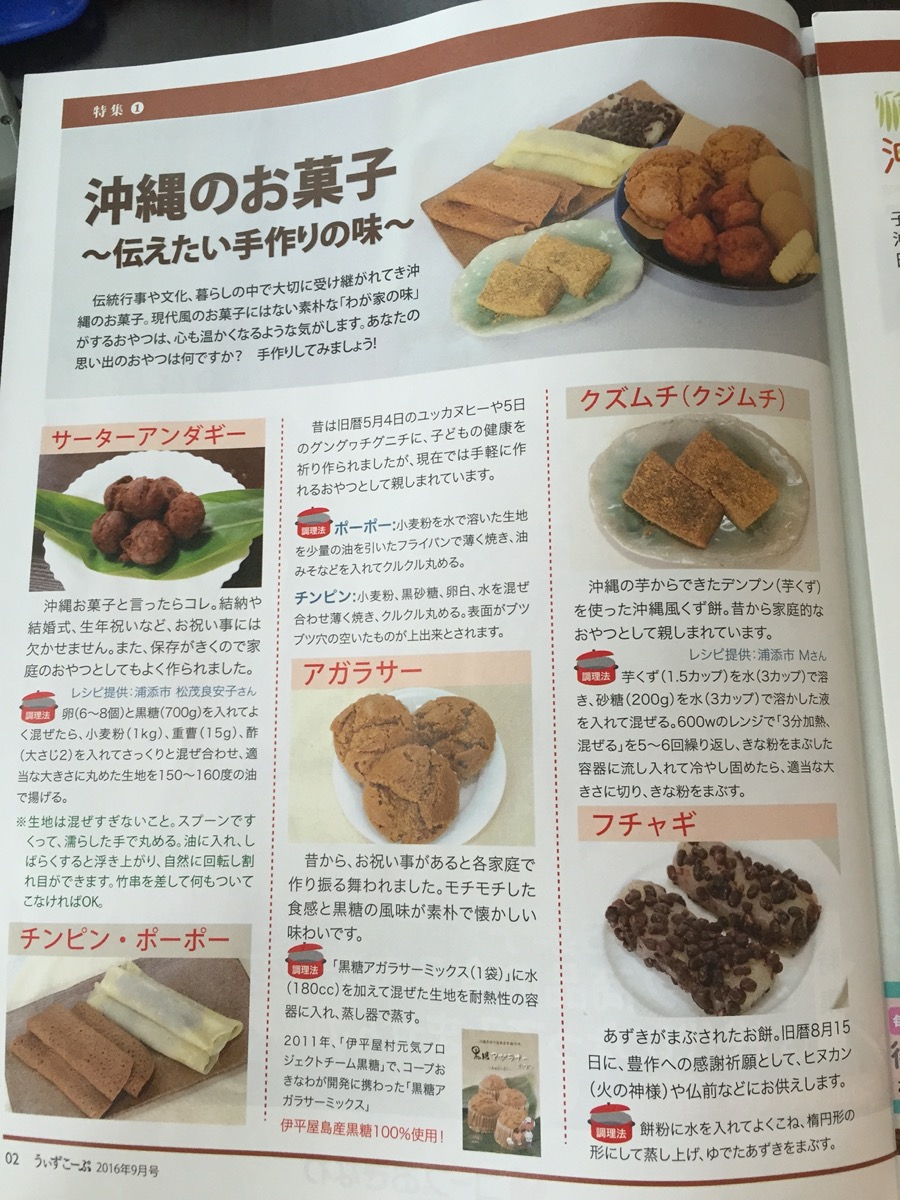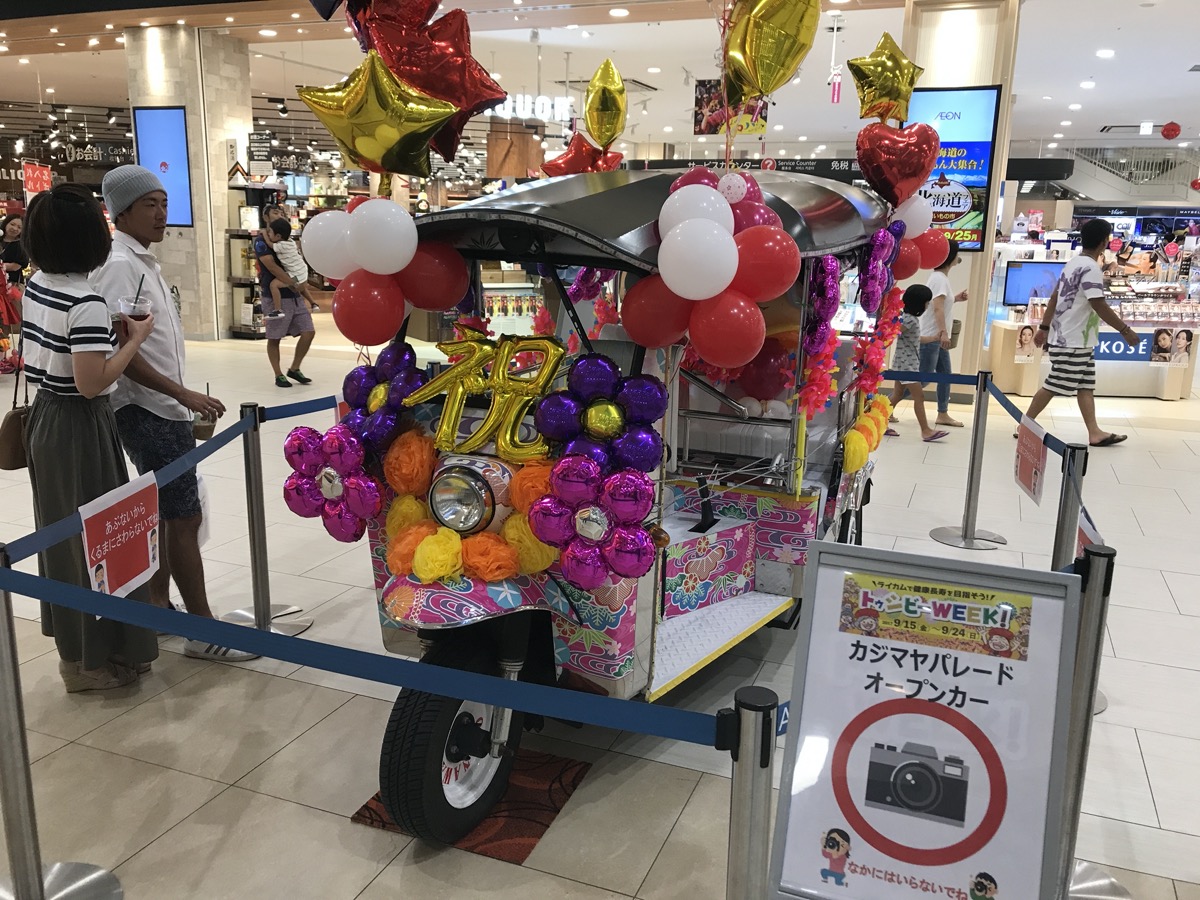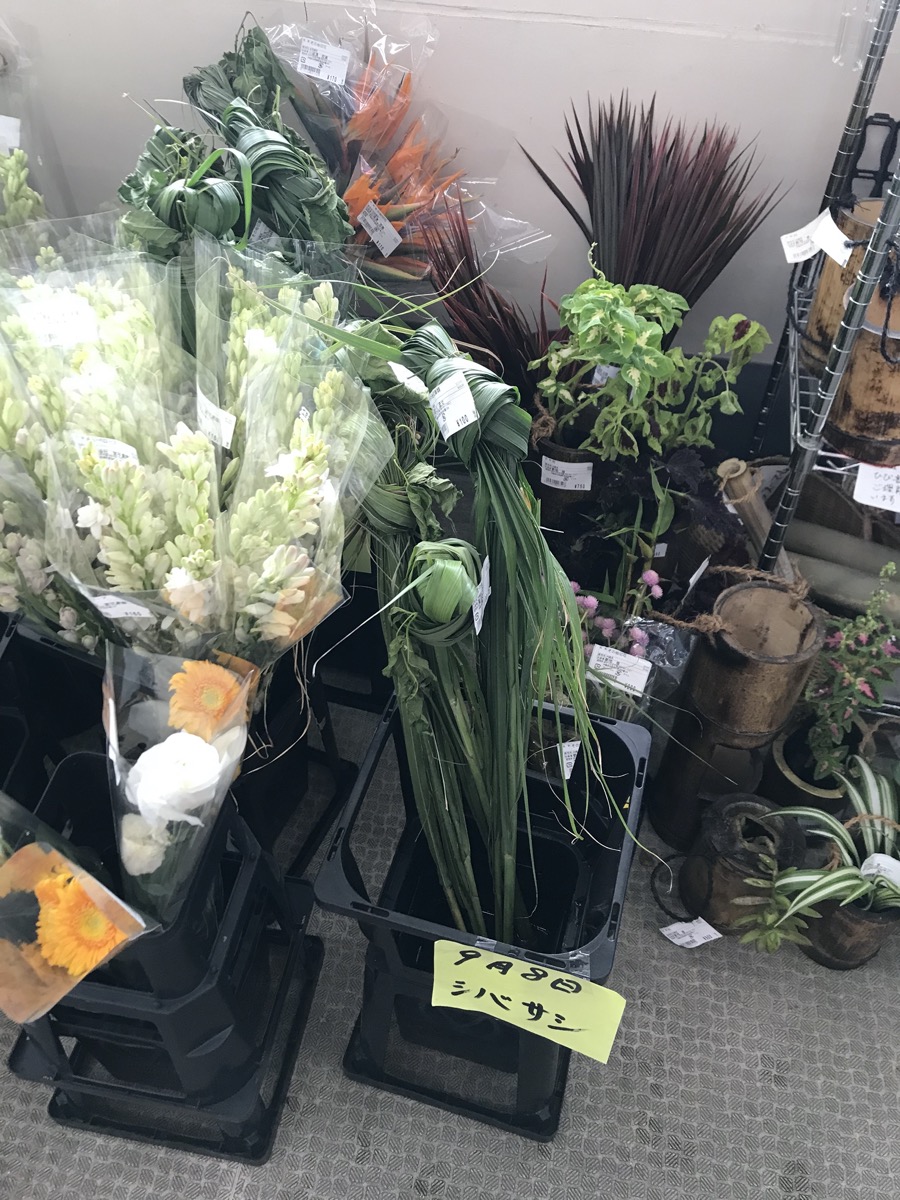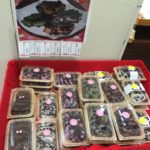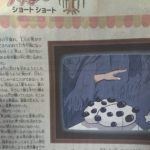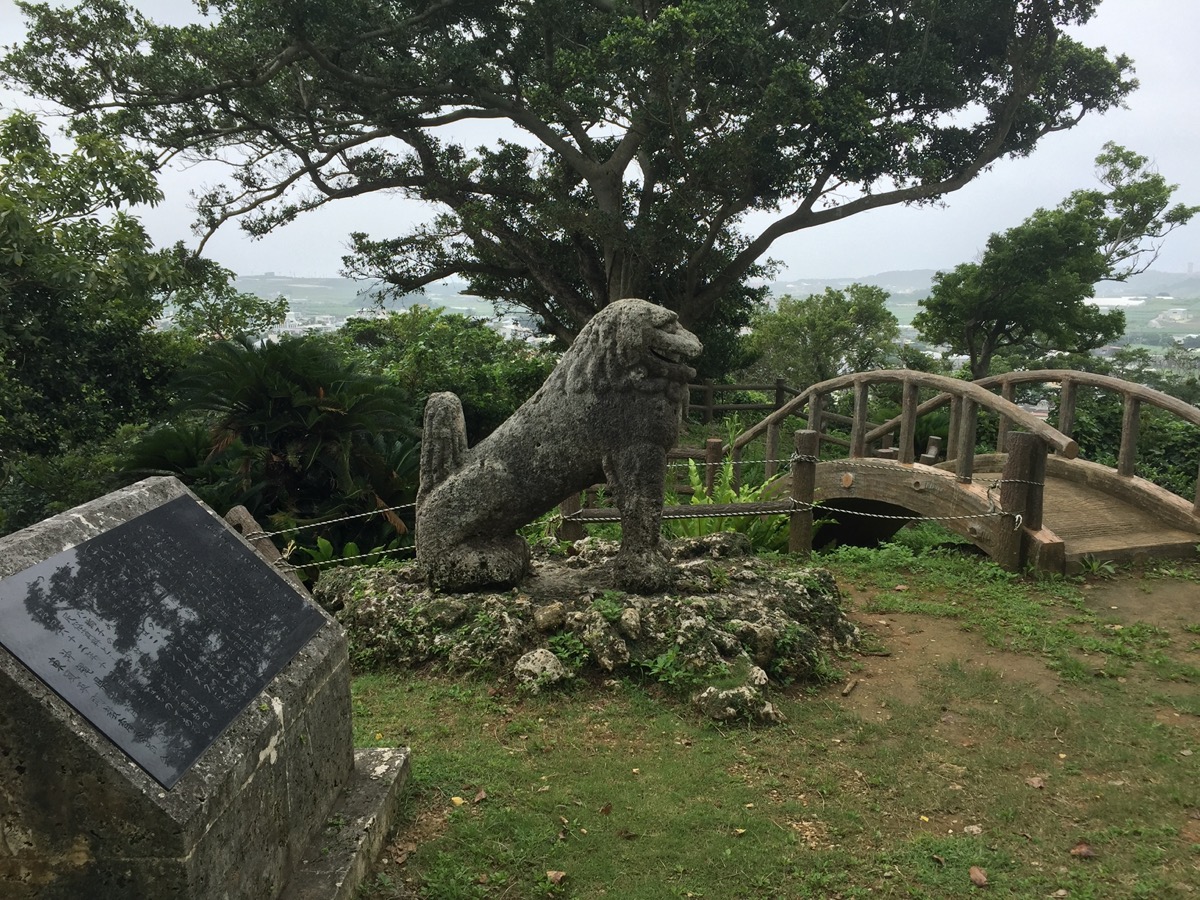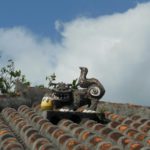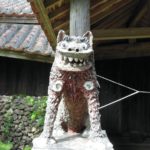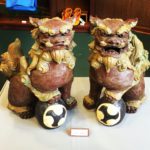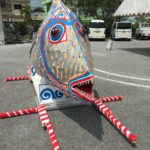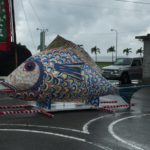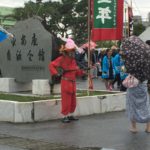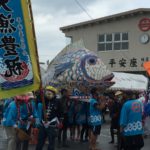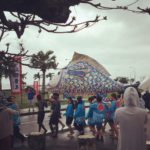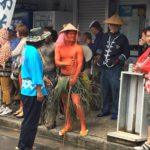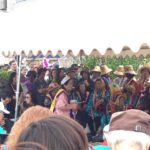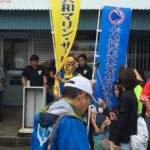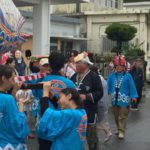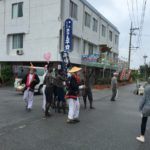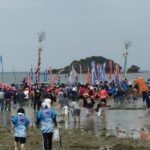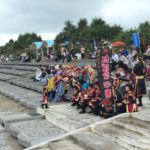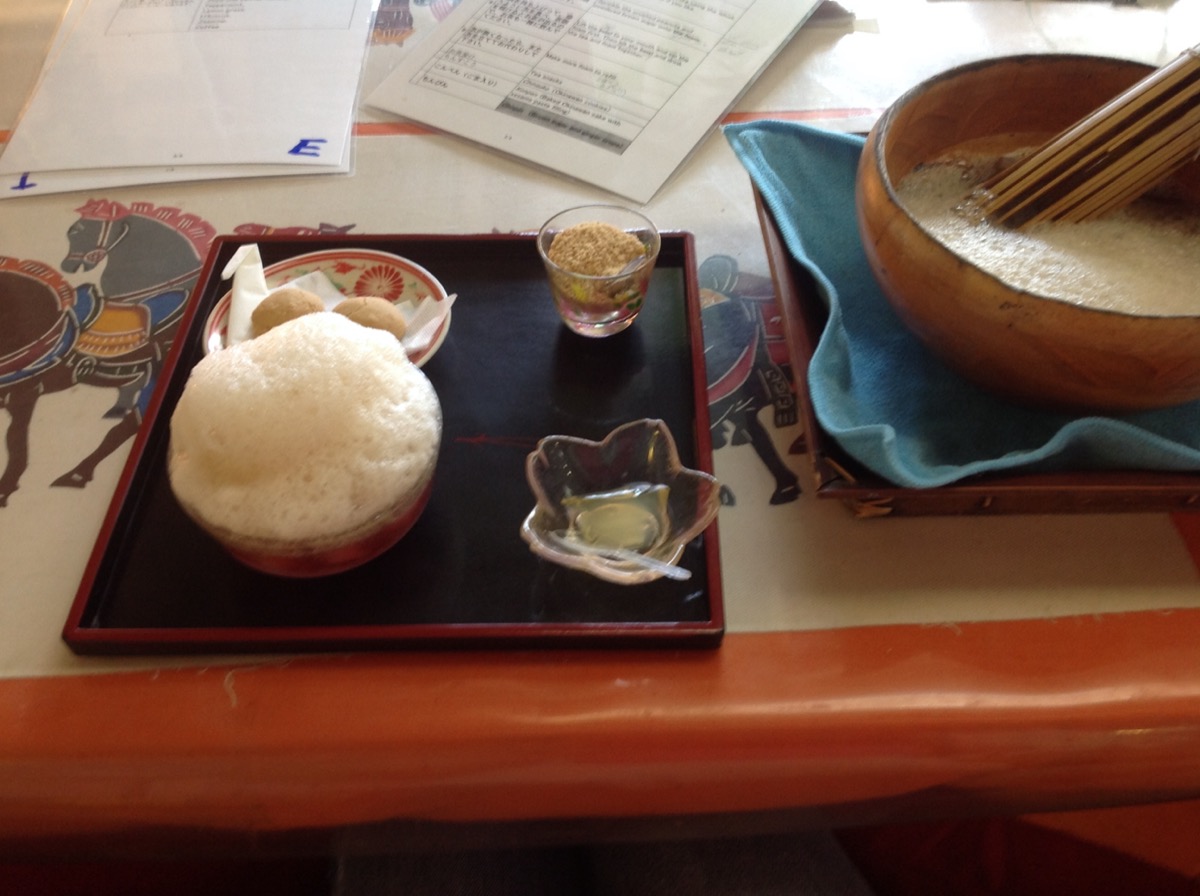So it has come to my attention that some “famous” western TV cooking channel hosts have visited Okinawa in the past and tried local delicacies. I think many people have the questions: Is what they ate actually common among locals? Do people eat this stuff every day? And lastly, where can I try these in Okinawa?
The is not too easy to answer, but I will try… while some of these showcased “delicacies” can be found here, some them have declined in popularity particularly among the younger crowd. So that is to say not everything is as common as they may have led you to believe…
Since I do not watch these shows (though maybe I should try to find these particular episodes just for this instance), I cannot answer all the “bizarre” questions, but I will highlight some actual unusual Okinawan foods I know about and where you can find them. I will attempt to get some pictures of these, but as some are difficult to find, this may not be so easy.
Sea snake, イラブー irabu: not many people actually eat this, but it can be found in the occasional restaurant; there is a small place that specializes in this. It is most typical as a soup, イラブー汁 irabu-jiru. It has its origin in the traditional Ryukyu Kingdom royal court cuisine. If you search, it is possible to find it at the Itoman fish market (or maybe Makishi market in Naha) and make it yourself, otherwise check out restaurant Kana in Kitanakagusuku, or Hamachinchou in Nanjo (Hamachinchou also serves some more “normal” dishes as well, not just sea snake).
This leads me to further discuss habu sake (technically, habushu, but you hear English speakers calling it habu sake) ハブ酒, which is awamori (local Okinawa liquor) with a habu (Okinawan snake) in it– this is only for tourists, locals will probably laugh at you for even suggesting this! That being said, all the tourist locations along Kokusaidori will have this overpriced awamori for sale if you really want to try it (just keep in mind it is usually low quality awamori with a high price tag). This literally for the “thrill factor” of foreigners and tourists, rather than something commonly drunk.
*address for Irabu-ryouri Kana イラブー料理カナ: 〒901-2304沖縄県中頭郡北中城村屋宜原515-5 https://goo.gl/maps/JTnvZETzqY32
*address for Hamachinchou 浜珍丁: 〒901-1414沖縄県南城市佐敷津波古375-2 https://goo.gl/maps/N4a5RopySkr
Tuna eyeballs, マグロの目玉 maguro no medama: Seriously… not common. Probably only available in a nicer izakaya (one with lots of sushi and seafood offerings). Though I have never sought them out, I have also never seen anyone order them. While it is common to eat every part of the fish including the eyeballs, ordering them separately in this kind dish is not all that common, at least not in Okinawa. Though I will say this: you can buy the fish heads (yeah, JUST the head) in all the grocery stores (eyes still intact). So… as I said, just eating the eyes… maybe not so much, but definitely the whole fish including the head and various parts, sure. Some fish shops do sell the eyeballs cheap, though, if you really wanna go for it and try making it at home. Eating the whole fish including weird bits… yes, definitely. After all waste not, want not.
Pufferfish, フグ fugu: Not common here in Okinawa, though I have heard that a few sushi places offer it. If you want to try this, it is better to go to mainland Japan, it will be easier to find. Okinawa is not known for its sushi and sashimi, despite being an island. Most Japanese mainlanders I know complain about that low-quality sashimi offerings here in Okinawa.
Goat, ヒージャー hiijaa (kanji: 山羊): goat is definitely eaten here, and is practically a common shokudo food, especially goat soup hiijaa jiru ヒージャー汁 (you may also see 山羊汁). Not difficult to find. Usually the type of thing only ojiisans eat because of the smell, but you see all types of people chowing down on it. You can find goat sashimi (raw thin slices of goat meat) as well, if you are so bold.
Horse sashimi, 馬刺し basashi: this is actually a mainland dish, but not hard to find in some of the izakaya here. Many butchers also sell this, as well as horse meat in general. So, as a warning, always read your meat labels carefully to know what you are getting.
Intestine soup (pork), 中身汁 nakami-jiru: pork intestines are common, you can even find them in the grocery stores here. Nearly every shokudo serves this soup, and it is traditional to eat it on New Years. Incredibly easy to find.
Pig (豚 or あぐー) face, ears, feet… etc: In Okinawa there is a saying that Okinawans eat “everything but the squeal.” Meaning, no part of the pig goes to waste. So … yup, you can find all kinds of parts of the pig served in dishes and for sale in stores. When you go to yakiniku you can order all manner of innards and types of cuts. Many women consider pigs feet てびち full of collagen and good for beauty; it is very much considered a delicacy and good for your skin. Many stores and izakaya sell dried pig ear snacks called mimigaa ミミガー. The pig face チラガー chiragaa is more for tourists, and you will see them for sale along Kokusaidori.
『豚は鳴き声以外全て食べる』 Buta wa nakigoe igai subete taberu. Translation: to eat every part of the pig except for the squeal.
Sea grapes, 海ぶどう umibudou: This is a special kind of seaweed that grows in the waters of Okinawa and is really common to eat. Little tiny salty bubbles that pop in your mouth. Find these in grocery stores and izakaya all over island. I would personally not consider this “bizarre” but it might be considered pretty unique since they are very few places you can try these outside of Okinawa (and I know many westerners don’t really eat seaweed so there is that).
Tofuyou 豆腐よう: Again, I don’t actually consider this a bizarre food, however I heard someone say that this was on the show, so I will list it here for the sake of those who are searching for it as a result. It is tofu fermented in awamori and quite tasty. You can literally buy this in every store, in the refrigerated section near tofu and pickles. The brand in the show has a store in Naha which I have visited, and there is also the cave the host visited near Kin Kannon-ji (temple), though there are 2 entrances to the cave but separated from each other, 1 for the temple (free), and 1 for the awamori/tofuyo storage (small admission fee); you want this one: 金武鍾乳洞, but you need to meet for the tour at the store here. I visited the cave and took the tour, read about here: Kin Kannonji (temple) & Awamori Cave.
Lastly, I noticed some strange searches originated from the US using keywords like “Okinawa dish tuna and peanut butter.” I assume this must be a combination discussed on one of these types of travel food shows. For you doubters, doubt no more: this is not an unusual combination, and I have previously posted a very common side dish recipe that uses these ingredients, as well as tofu and miso (it has gotten an unusually high number of hits, but I am not sure if it is what most people are actually searching for). Please check it out here: Yonaguni-jima recipe: Sakuna shiraae サクナの白和え.
Hopefully this post covers a majority of the “bizarre” foods. Please feel free to comment if there are any that I have missed and you are curious about.
